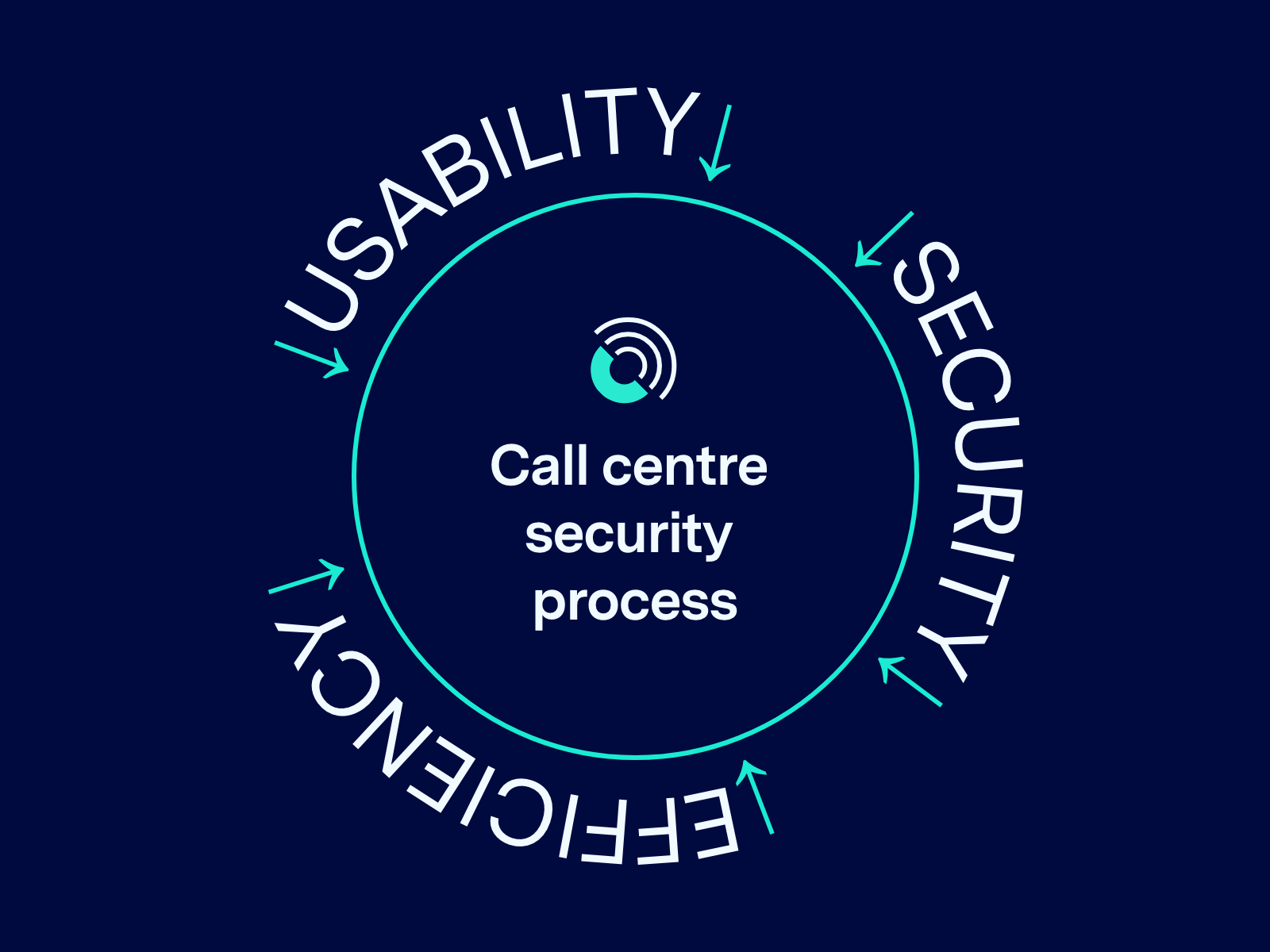Proving customers are who they say they are when they reach the call centre has been a challenge ever since companies first started taking inbound calls. In those early days, you depended upon good faith and perhaps a few knowledge-based questions to pass the gatekeeper and access the account.
Today, technology has given businesses a wealth of tools to find out the identity of the caller and given the customers a plethora of choices in how to engage. But herein lies the problem: how much friction do you place in the customer journey to authenticate to ensure security levels are high?
While there’s a clear balance to be struck, not all tools and technologies are created equal. And if you deploy passwords, PINs or ‘challenge questions’ to authenticate, you could be failing at both sides of the equation and slowing everything down.
In this blog, we touch on the problems with the more traditional methods of authentication, explored in depth in our brand new eBook, outlining why companies should look to upgrade security tactics in the contact centre.

The UX revolution
The commoditisation of technology and consumer-focused innovation have greatly impacted call centre security. Customers have never been more in control, and yet so vulnerable, at the same time.
Avid day-to-day users of digital tools, today’s customers expect seamless interactions with organisations and have no tolerance for poor experiences. To accommodate, businesses have made service as simple as possible.
Call centre technology is experiencing the same UX-focused transformation, as businesses look to simplify and drive productivity for call centre agents. Agents are therefore incentivised to move quickly to give customers easy access.
As security concerns rise, more authentication questions are being reintroduced into the customer journey. This negatively impacts the experience, with customers often struggling to remember the answers, making the process even longer and more cumbersome.
Elusive efficiency
This focus on ease of use puts efficiency centre stage — it’s all about how quickly the customer can access X, and how fast the agent can deliver Y.
Historically, most calls required an agent; now, with advances in speech technology and automation, calls can be handled with little to no human interaction. Even without automation, customers are in contact over the phone less frequently and with more complex requirements, elongating call times.
The challenges around authenticating customers are numerous, so many calls are still routed to agents, which could be much better managed in the IVR or through other self-service methods.
Security or frustration?
Personal information is more readily available than it has ever been in our lifetimes: in an always-on world, customers leave digital breadcrumbs around the internet that can lead fraudsters straight to what they’re looking for. As a result, traditional security processes are easily circumvented by fraudsters by leveraging either personal data from data leaks or social engineering, duping the agent or the customer themselves.
At the same time, today’s security processes are costly, difficult to follow, and don’t always ensure complete protection. Not only do many tactics stop at simply making customers “feel” safe — in some cases, all parties involved are aware the endless questions are adding no security value.
The next wave of innovation is here
The good news is that new tools can help negate some of the biggest flaws in the system by authenticating early in the process. Pre-call authentication via network intelligence and automated number identification is a pivotal first step to drive efficiency through the call centre.
Download our latest eBook with Matt Smallman of SymNex Consulting and Dan Miller of Opus Research, where we dive deeper into the latest solutions to help you tackle these very challenges.

